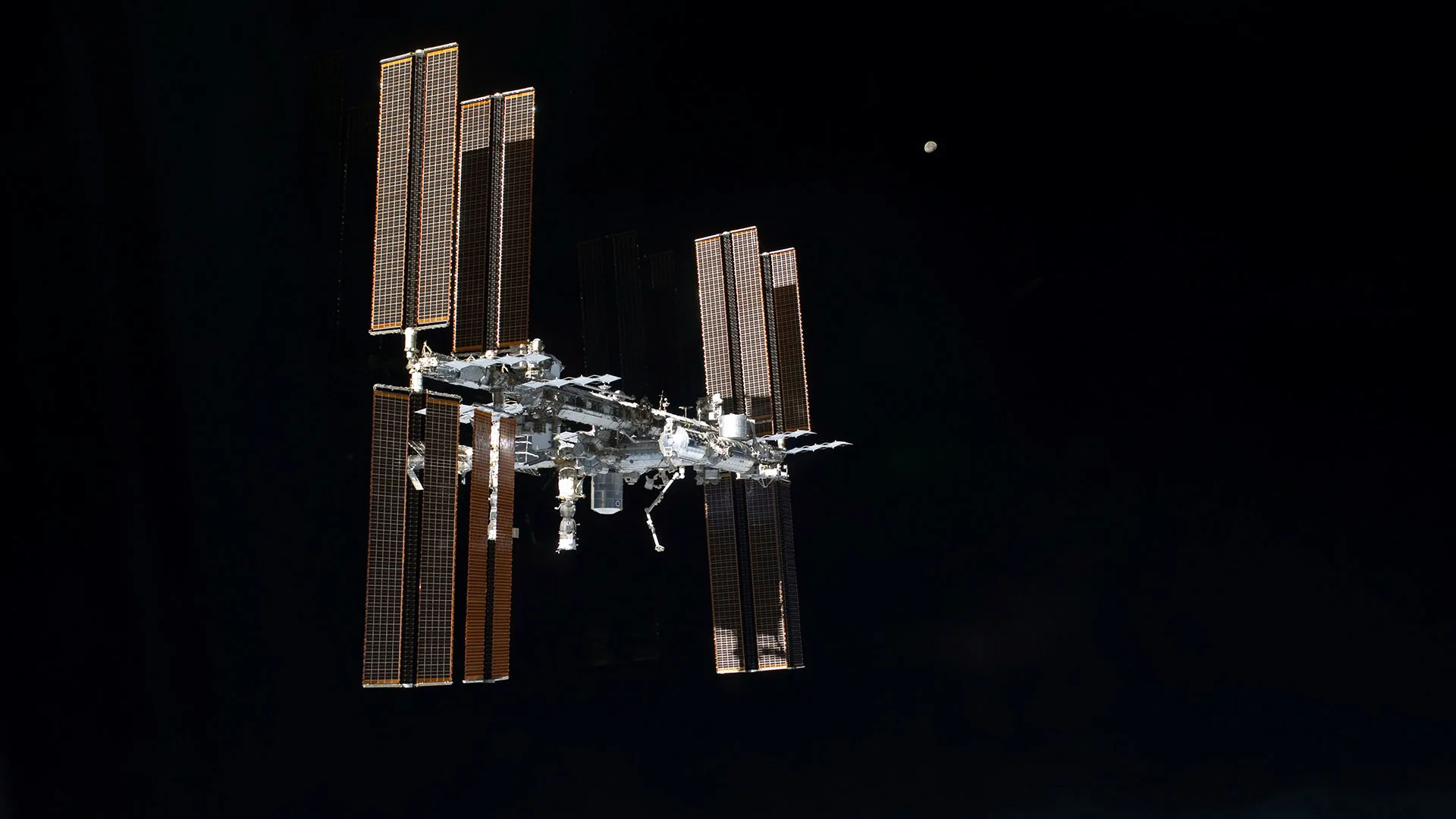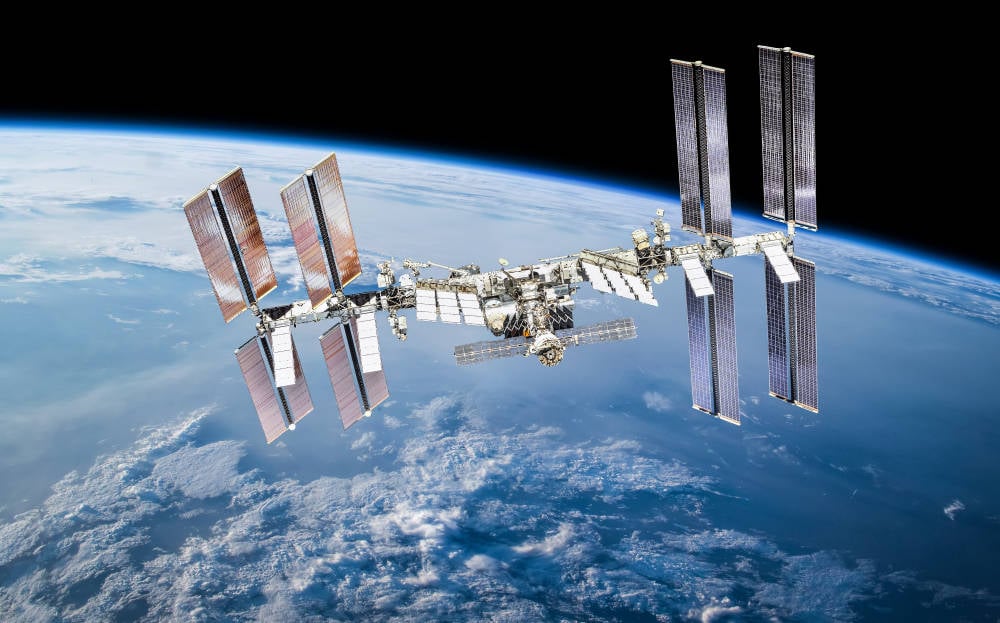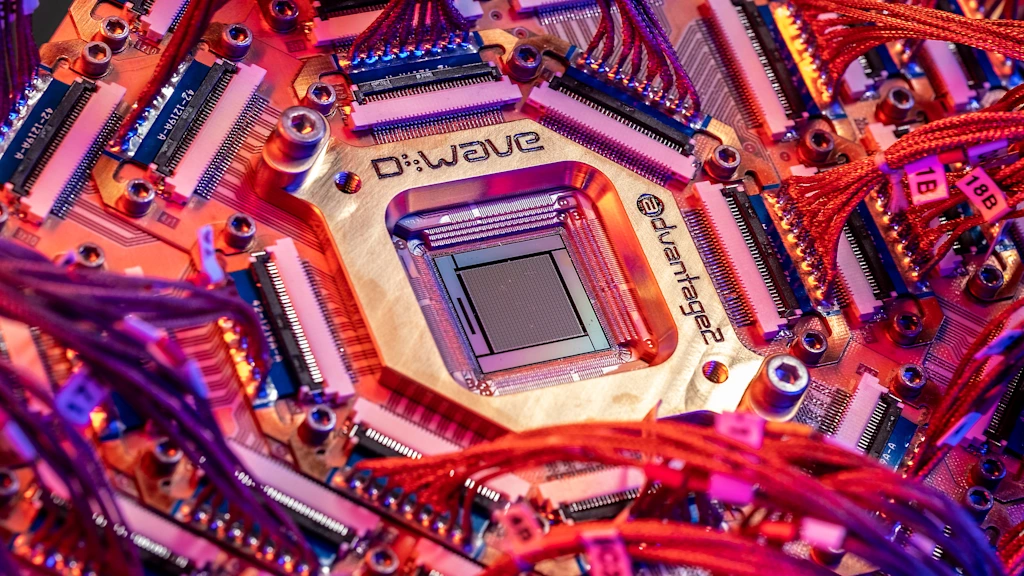fromTravel + Leisure
15 minutes ago13 of the Darkest Places in the U.S. for Incredible Stargazing
Your stargazing experience can differ greatly based on where you are in the world. That's due in part to light pollution, which can drown out all but the brightest stars and satellites in densely populated areas. For truly unforgettable celestial views, you'll need to visit one of the darkest places in the U.S. on a clear night. DarkSky is an Arizona-based nonprofit with the mission "to restore the nighttime environment and protect communities and wildlife from light pollution."
Science


















